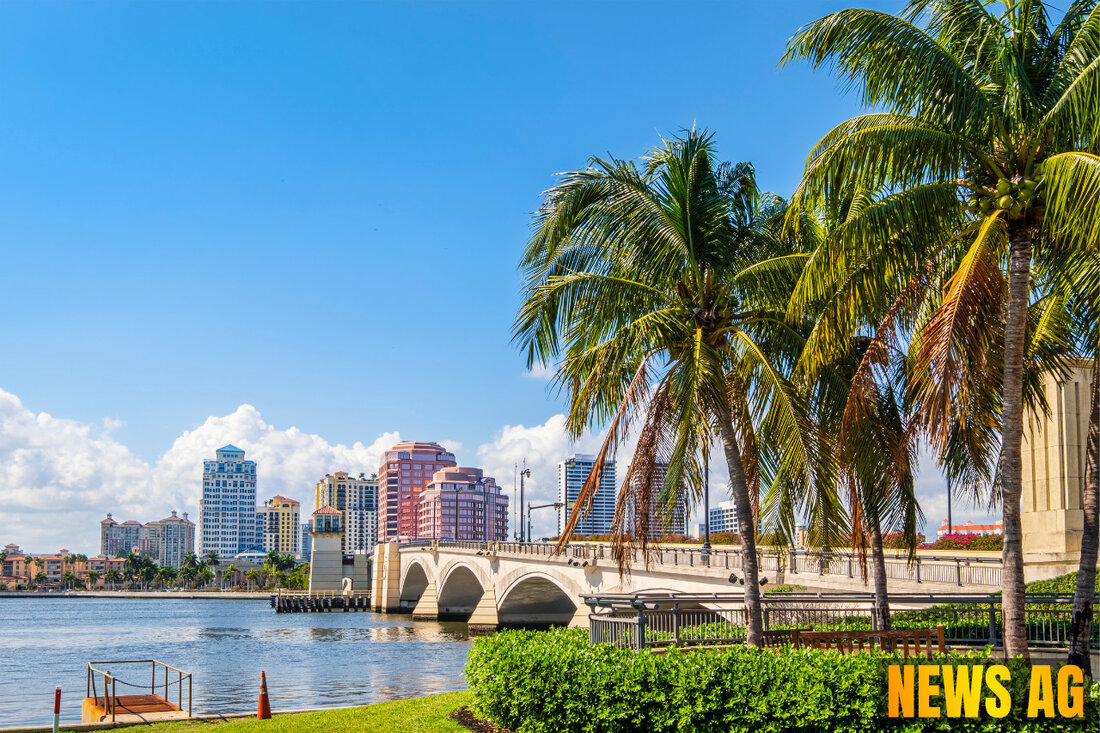St. Augustine to Jacksonville: Florida's Highway Gem for Safety and Scenic Beauty
Discover the safest highway stretches in Central Florida, ranked for their scenic views and commuter appeal as of August 2025.

St. Augustine to Jacksonville: Florida's Highway Gem for Safety and Scenic Beauty
A recent study by Quantrell Volvo has drawn attention to U.S. commuters and their favorite highway routes, with an interesting twist for Florida drivers. Among the best stretches of highway in the nation, the route from St. Augustine to Jacksonville via Interstate 95 has been recognized as the top contender for Sunshine State drivers, landing at a commendable No. 11 overall. This stunning stretch is notable for its Spanish-style architecture, coastal marshlands, and old oak trees, making it a delightful drive for both locals and visitors alike. Not far behind, another Floridian favorite spans from Winter Park to Orlando via Interstate 4, securing the 19th spot for its picturesque lakes and panoramic views of Orlando’s skyline and countless theme parks.
Highway Rankings and Their Appeal
The overall top-ranking highway stretch goes to the Pali Highway in Hawaii, specifically the exhilarating drive from Kailua to Honolulu. With more breathtaking views than a postcard, it’s no wonder this site captures the hearts of many. Right below it, the stretch from Buffalo to Niagara Falls via I-190 in New York takes the second spot, followed by roadways in Colorado, Alaska, and California that showcase the natural beauty and excitement of driving through varied landscapes. Here’s a closer look at the top 10 favorites across the nation:
- Kailua to Honolulu, Pali Highway, Hawaii
- Buffalo to Niagara Falls, I-190, New York
- Boulder to Denver, US-36, Colorado
- Eagle River to Anchorage, Glenn Highway, Alaska
- Sausalito to San Francisco, US-101 and the Golden Gate Bridge, California
- Kapolei to Honolulu, H-1 Freeway, Hawaii
- Asheville to Hendersonville, I-26, North Carolina
- Norfolk to Virginia Beach, I-264 and US-58, Virginia
- Palmer to Anchorage, Glenn Highway, Alaska
- Golden to Denver, US-6, Colorado
Such rankings highlight not just commute preferences but also the potential for tourism along these scenic routes, all of which enhance the overall driving experience.
Driving Behavior and Safety Design
As more people hit the highways for weekend getaways or daily commutes, ensuring their safety becomes a priority. The Federal Highway Administration (FHWA) underscores the importance of traffic safety design choices in significantly impacting driver behavior and reducing accidents. Proven Safety Countermeasures recommended by the FHWA are crucial tools that suggest better road design can prevent crashes. For instance, the use of roundabouts is growing in America; these structures serve to lower vehicle conflict points, compel drivers to slow down, and, importantly, enhance pedestrian safety by reducing crossing distances.
Additionally, innovative measures such as wider pavement markings create illusions that make lanes appear narrower, thereby encouraging drivers to ease off the gas—not a bad strategy! TxDOT’s focus also includes enhanced signage and lighting on dangerous curves, and the introduction of safety devices like Pedestrian Hybrid Beacons (PHBs) and Rectangular Rapid Flashing Beacons (RRFBs) that activate when pedestrians are present.
Bridging Data with Design
To back these initiatives, the FHWA compiles statistical data annually on various aspects of highway travel, including vehicle registrations and user taxation, among others, which can inform roadway design improvements. This information is pivotal for understanding the trends and behaviors on our highways, guiding authorities and engineers alike in their efforts to make roadways safer and more enjoyable. Since its inception in 1945, the Highway Statistics Series has provided a wealth of data that reflects the evolution of highway travel in America, ensuring stakeholders—ranging from government entities to the general public—stay informed.
In Florida, while the natural beauty of routes from St. Augustine to Jacksonville and Winter Park to Orlando stands out, ongoing safety initiatives will be equally vital in fostering not only a pleasurable driving experience but also a secure one. Ultimately, creating highways that are not just pleasant but also safe makes perfect sense—not only from a planning perspective but also for the enjoyment of all who traverse them.

 Suche
Suche
 Mein Konto
Mein Konto